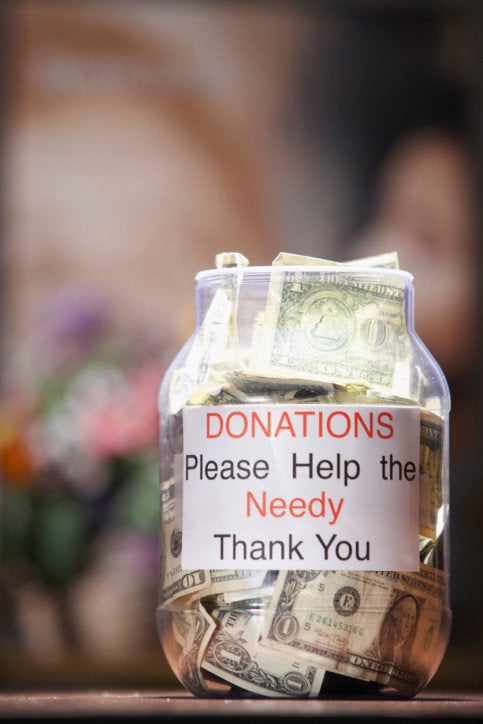
When you wander through the grocery store, there are lots of products that tie themselves to social causes. The product will have a picture of the charity logo on the package, and the company often states that a portion of the purchase price goes to support the charity.
The idea here is that everybody wins. The company gets the benefit of showing that it is socially responsible. The purchaser gets to feel good about supporting a charity without having to pay anything extra. The charity gets more money to support its work.
An interesting paper in the July, 2011 issue of the Journal of Consumer Psychology by Ariadhna Krishna suggests things might not be so rosy for the charity.
In a preliminary study, experimenters set up a booth on a college campus. On some days, people walking across campus were given the chance to donate to the American Cancer Society. On other days, participants were given the chance to purchase a can of Red Bull for $2.50, and they were told that 50 cents would be given to the charity. They were also allowed to donate additional money.
When only a donation was requested, about 80 percent of the participants gave money, but when there was a chance to purchase a drink, only about 20 percent of people gave money. Even when including the amount of money that would be raised from the sales of the Red Bull, the charity got more money overall when there was no product for sale.
To explore this issue more carefully, the paper reported two other studies. In these experiments, people were given a budget of $100. They could purchase a basket of products and could also choose to donate some of their budget to a charity. To keep people focused on the choice, one person received the products they purchased.
In one condition, the products were not associated with any charities. In a second condition, the products were associated with the same charity that participants could give money to. In a third condition, the products were associated with one charity, but participants could donate to a different one. One possible reason why people give less money when they purchase a product associated with a charity is that the purchase might make them feel like they have already given money.
In this study, people were willing to give more to the charity if none of the products were associated with charities than if all of the products were associated with charities -- even if the donation was going to go to a different charity than the one associated with the products. As with the pilot study, the charities got less money overall when products were associated with the charities than when people were just free to donate whatever they wanted.
What is going on here?
After the study, people were asked the reasons for their choices. When the products were associated with charities, people were more likely to mention buying products they needed than when they products were not associated with charities.
Why does this matter?
Research by Ann Tenbrunsel and David Messick in 1999 suggests that people make decisions based on the goal that is active at the time. That goal can shift from highlighting a moral dimension to highlighting a financial transaction. When people start thinking about money, they become less concerned about the moral dimensions of choices.
In this case, when people are trading off between buying things for themselves and making a purchase that is not associated with a charity, then the moral part of the decision becomes important. People have to decide whether they want to do that morally correct thing.
When the products all give some money to charity, though, then both buying products and giving money are seen as equal on the moral dimension. In this case, people focus primarily on getting the best value for their money. And so, they purchase products, but do not give extra money to the charity.
What can you do to make sure you give enough money to the causes you care about?
Remember that these effects are strongest when
you are in the context of making purchases. That means that it may not be the best time to think about giving donations when you have just been at the store making purchases.
Instead, try to be a bit more systematic about your giving. Think about how much money you make and how much you would ideally like to give to charities. Then, keep track of your donations throughout the year. If you find yourself falling short of your goal, give a donation at the end of the year to the charities of your choice to help you reach your goal for giving.